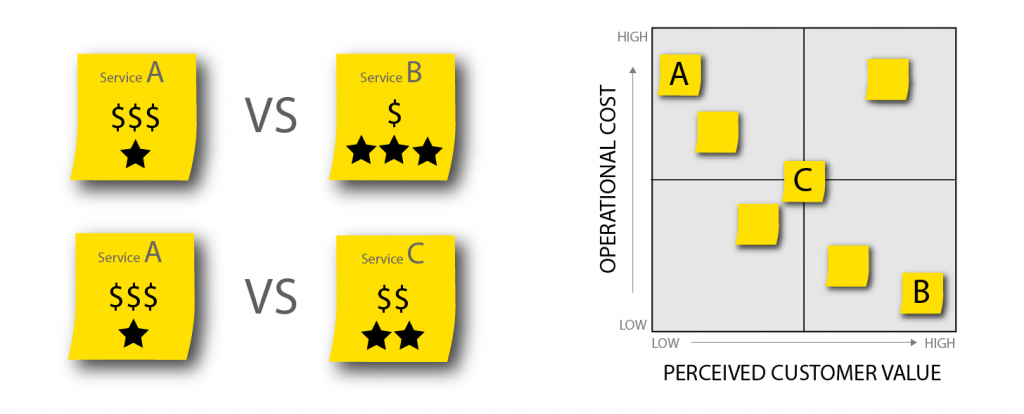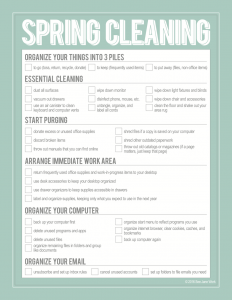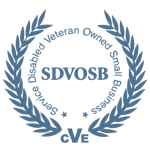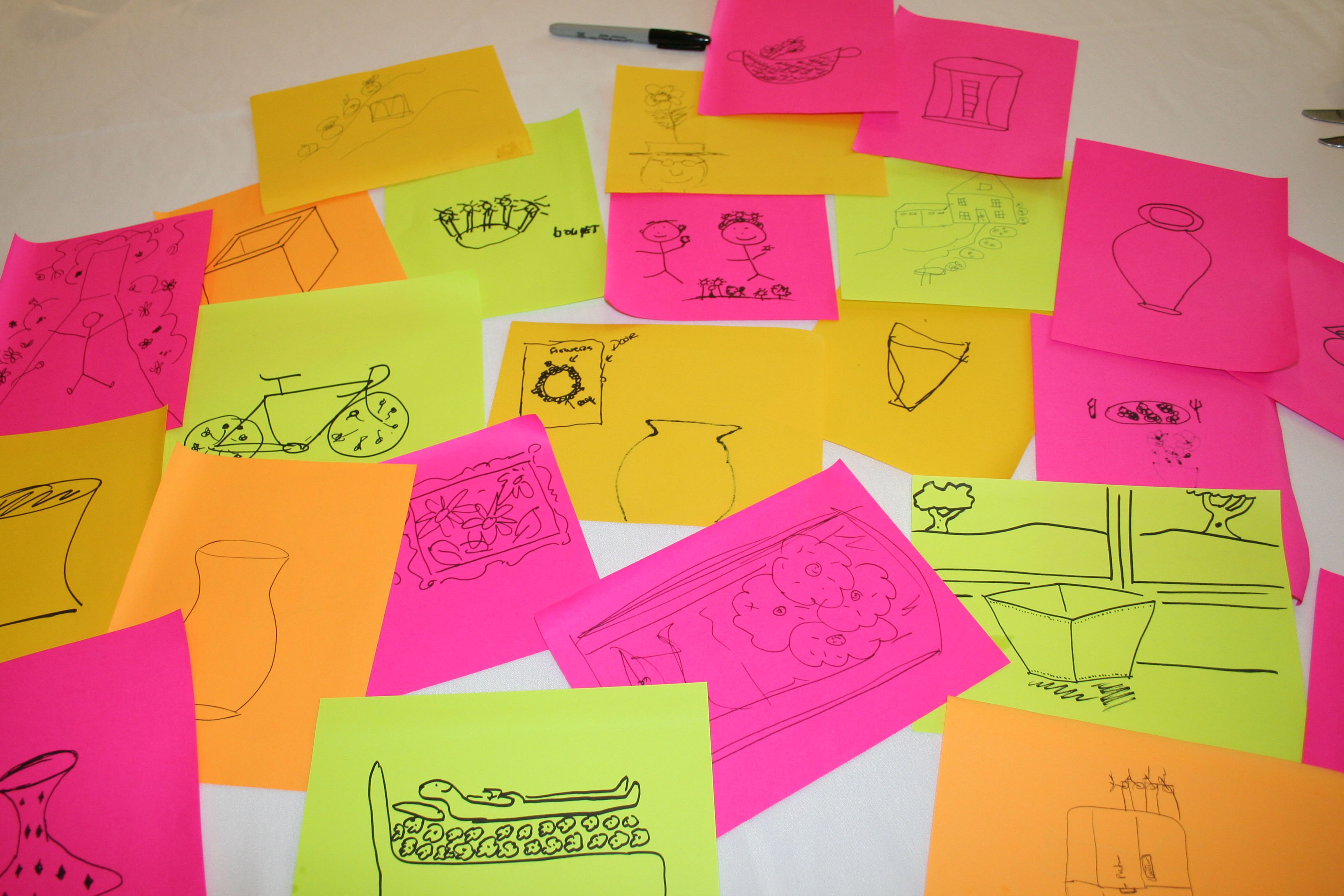Won’t you be my neighbor? Consultant communication tips inspired by Mr. Rogers
In order to communicate clearly, consultants must truly understand the mindset and worldview of their clients. This ensures ideas are communicated in terms that make sense to the client and it is especially important when making recommendations.
Last year I wrote an article connecting emotional intelligence (EQ) and successful consulting. One of the main ideas in the article was the concept of empathy in communication. Recently I came across a great article in The Atlantic explaining how beloved children’s television icon Mr. Rogers used his exceptional ability to empathize with children. This ability was one of the things that made his show so successful.
Though the article’s focus is communication with children, some of Mr. Rogers’s techniques are easily applied to communication in the government consulting world. The following are two key take-aways for improving communication in consulting.
Ask yourself: Could this be misinterpreted?
Rather than seeking to affirm that your words will be understood, seek to understand how they might be misinterpreted.
The producer of Mister Rogers’ Neighborhood coined the term “Freddish” to refer to the way in which Mr. Rogers would require re-writes of the script because Mr. Rogers was able to anticipate how his audience—children, who tend to take things very literally—might misinterpret what was being said.
In the article, the producer recounted a scene in a hospital featuring a nurse inflating a blood pressure cuff:

“[The nurse] originally said ‘I’m going to blow this up’…Fred made us redub the line, saying, ‘I’m going to puff this up with some air,’ because ‘blow it up’ might sound like there’s an explosion, and he didn’t want the kids to cover their ears and miss what would happen next.”
It is much easier to rationalize why your statements are right than to imagine how they might sound wrong to others. However, the practice of putting yourself in your client’s position and imagining all the ways your words could be misinterpreted will boost your success in multiple ways.
- What you are communicating is less likely to be misinterpreted and therefore more likely to be well-received
- You can prepare to address potential misunderstandings or objections to your recommendations
- You may learn something about your client in the process that will allow you to improve the substance of your recommendations
For example, say one of your recommendations is to “Stand up an office to support information sharing and promulgate best practices.” Your client might interpret “office” as a formal organization that has specific objectives and requires its own budget. If that is not what you mean, then in a case such as this, you could instead use a phrase like “center of excellence” or “informal organization” to avoid misinterpretation.
Use lenses to consider multiple communication angles
Develop a list of goals, constraints, and other considerations relevant to your client’s goals and the context in which they work.
Think of each of these items as a “lens” through which you can view your words. After you decide what your recommendations are, review the way you plan to communicate these recommendations by thinking about them through the lenses of your clients’ goals, constraints, and other considerations.

Just as Mr. Rogers had rules for translating English into “Freddish” using the lens of a child’s worldview, consultants can establish communication goals and use them to filter their ideas so that they will be well received by their clients.
For example, if your client’s organization prioritizes coordination with other stakeholders, you might rephrase a recommendation like “Stand up a center of excellence” to “Coordinate with partners to stand up a center of excellence.” In the revised text, you’re acknowledging that the client (or their leadership) will likely require heavy coordination with others to achieve this.
In this case, the addition of four simple words does two things:
- It shows you understand your client’s operating environment. This in turn supports your client’s trust that your work will help them achieve their goals
- It avoids unnecessary back-and-forth about how the client would need to do heavy coordination in order to achieve standing up a center of excellence
This wordsmithing should not be the first step in developing recommendations, but this process will definitely help avoid unnecessary disconnects because of how recommendations are presented to the audience.















 Now that spring has arrived, the internet—Pinterest especially—is abuzz with spring cleaning tips. Just like new year’s resolutions, spring cleaning is a ritual of fresh starts and renewal. While spring cleaning is typically associated with your home, the benefits of spring cleaning can—and should be—extended to your work space.
Now that spring has arrived, the internet—Pinterest especially—is abuzz with spring cleaning tips. Just like new year’s resolutions, spring cleaning is a ritual of fresh starts and renewal. While spring cleaning is typically associated with your home, the benefits of spring cleaning can—and should be—extended to your work space.

 Organize Your Email
Organize Your Email



 Sharpened the Saw through Peer-to-Peer Training
Sharpened the Saw through Peer-to-Peer Training Making sure that we are meeting our clients’ expectations means that our teams are constantly on the go. In December, we took an opportunity to
Making sure that we are meeting our clients’ expectations means that our teams are constantly on the go. In December, we took an opportunity to 
 Washington, D.C. — Technical Assent, a leading provider of
Washington, D.C. — Technical Assent, a leading provider of 





